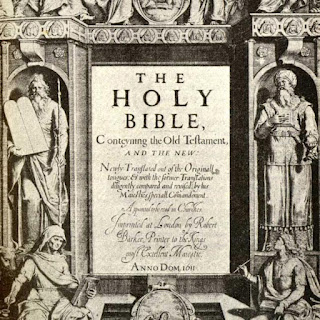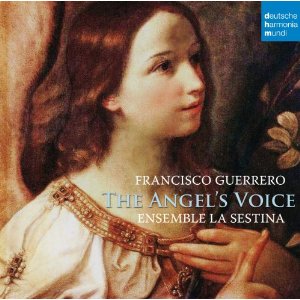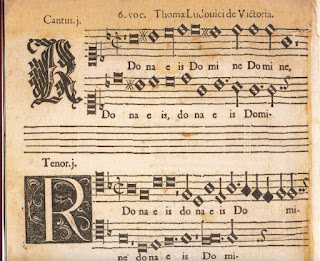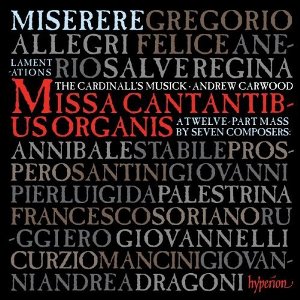Search This Blog
Early music and more by Edward Breen
Where possible, review entries are linked to their original publication.
Posts
Showing posts from 2011
Morrow, Munrow and Medieval Music: Understanding their influences and practice
- Get link
- X
- Other Apps
Philipp Schoendorff: The Complete Works
- Get link
- X
- Other Apps
Celebrating the King James Bible at 400
- Get link
- X
- Other Apps
Tomás Luis de Victoria – a 400th anniversary profile
- Get link
- X
- Other Apps
Allegri's Miserere and the Music of Rome
- Get link
- X
- Other Apps









